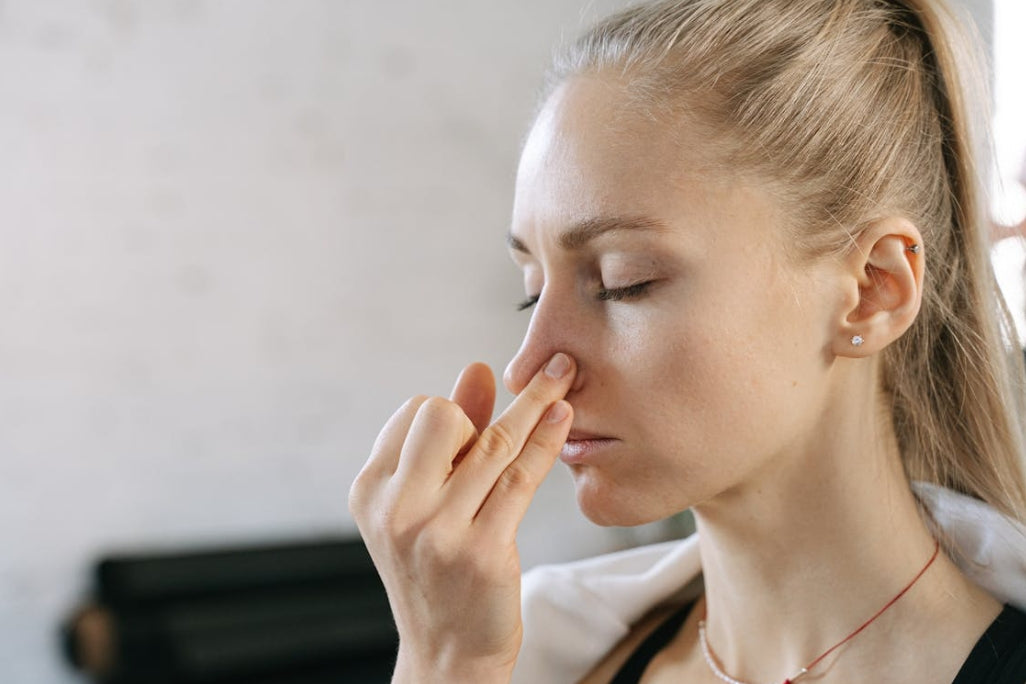Whether you've ever felt anxious or insecure about having "thick thighs" or a "pear-shaped body," or perhaps you've searched tirelessly for "fashion tips" because you think a pear-shaped body isn't as attractive, today K wants to tell you:
Girls with a pear-shaped body! You are actually the "chosen ones"!
Perhaps the "thick thighs" or "heaviness in the lower body" that once troubled you really do have many benefits. If you don't believe it, read on:
"Those with Thicker Thighs Are Actually More Athletic."

No matter what you think about pear-shaped bodies, one undeniable fact is that they are very common among women. Compared to men, women have relatively wider pelvises, and due to hormones and other factors, body fat is more likely to accumulate in areas like the thighs and buttocks, resulting in a "pear-shaped body."
Some people might think that pear-shaped bodies are "unattractive," but K wants to tell you first:
Put aside the subjective factors of "attractiveness" for a moment. The fact is, having a "pear-shaped body" is genuinely advantageous!
As upright walking animals, our legs are the "direct hub" for our bodies to counteract gravity during activities:
70% of the body's muscles are in the lower body, and 50% of the nerves and blood are concentrated in the legs. Strong legs are indeed a powerful asset in sports.
In simple terms, "pear-shaped bodies" have three prominent benefits in terms of sports functionality:
1️⃣ Lower risk of sports injuries
Human movement revolves around joints, and almost all sports involve the lower limbs. Injuries to lower limb joints such as ankles and knees occur too frequently in sports.
Joints are based on skeletal structure, reinforced by ligaments, and then covered by the outermost layer of the strongest muscles. Muscles can be said to be the first line of defense during sports. If muscle strength is insufficient, ligaments or skeletal structures have to compensate.
Having strong legs can prevent compensatory injuries.
2️⃣ Stronger body stability
Recruiting lower body muscles is the foundation of movement. In standing posture exercises, sufficient lower limb strength is key to maintaining the center of gravity, allowing for better control over your body and greater coordination.
3️⃣ Better posture
With strong legs, walking becomes easier, running is more enjoyable, and your posture is likely to be better over time!
After all, even the simple act of walking every day can have a significant impact on your body structure and physiological functions.
If leg strength is insufficient, gait issues may arise, and over time, your body posture may also change.
So, to have an upright posture and walk with confidence, you still need a pair of strong legs!
"Pear-shaped Body Types Age Slowly and Live Longer."
You might say: You just mentioned the benefits of having "strength and muscle" in your legs, but my pear-shaped body is accumulating fat, right?
Don't worry, numerous studies have shown that if more body fat is distributed in the legs, the health benefits are even more significant.
1️⃣ Live longer
In 2020, a very important study was published in the "British Medical Journal" (BMJ). After analyzing the health data of a large human sample size (2.52 million), it was found that:
An increase of 5 centimeters in thigh circumference reduces the risk of all-cause mortality by 18%; higher fat content in the legs reduces the risk of cardiovascular and cerebrovascular diseases and all-cause mortality.
Different locations of fat distribution have different functions.
Think back to our ancestors who lived in times when resources were not abundant. Back then, fat was not the "root of all evil" but the body's "energy reservoir" (storing energy for emergencies).
However, if fat accumulates around the internal organs, it is more likely to cause metabolic diseases such as diabetes and heart disease. Therefore, the legs and buttocks are relatively safe "fat storage areas" in the body!
From this perspective, "having a thin upper body while the lower body is more prone to fat accumulation" is not a problem; you should be happy about it!
2️⃣ Healthier metabolic indicators
Studies have shown that the more fat in the thighs, the more normal the blood sugar levels and insulin secretion are, the smoother the blood lipid metabolism, and the higher the level of high-density lipoprotein, which is beneficial to the human cardiovascular system.
At the same time, people with more leg fat are less likely to suffer from high blood pressure:
A large sample population data analysis found that participants with a higher proportion of leg fat had a 53% lower risk of diastolic hypertension and a 39% lower risk of systolic hypertension compared to those with a lower proportion of leg fat.
"There's No Good or Bad in Body Types, Self-confidence Is the Strongest Buff."
Finally, K wants to add a few more words:
Although body shape is highly influenced by genetics, there is no good or bad when it comes to body types.
Recognizing the advantages of a "pear-shaped body" does not mean that apple-shaped bodies or other body types are inferior. Each body type has its own strengths.
Moreover, we can help to "maximize the advantages" of our genetic strengths and prevent the "weaknesses" of our genetics through training, diet, and environmental factors.
A recent study last year showed that an athlete's confidence in their body shape can directly affect their sports performance.
So, no matter what "type" of body shape you have, if you firmly believe that you are the most beautiful, you will have stronger power.
🙋🏻♀️ In addition to a pear-shaped body, elements you might think are "weaknesses" such as a flat chest or short stature are actually your "sports buffs"!
References:
[1] Jayedi A, Soltani S, Zargar MS, Khan TA, Shab-Bidar S. Central fatness and risk of all cause mortality: systematic review and dose-response meta-analysis of 72 prospective cohort studies. BMJ. 2020 Sep 23;370:m3324.
[2] Han SJ, Boyko EJ, Kim SK, Fujimoto WY, Kahn SE, Leonetti DL. Association of Thigh Muscle Mass with Insulin Resistance and Incident Type 2 Diabetes Mellitus in Japanese Americans. Diabetes Metab J. 2018 Dec;42(6):488-495.
[3] Shi J, Yang Z, Niu Y, Zhang W, Lin N, Li X, Zhang H, Gu H, Wen J, Ning G, Qin L, Su Q. Large thigh circumference is associated with lower blood pressure in overweight and obese individuals: a community-based study. Endocr Connect. 2020 Apr;9(4):271-278.
[4] Snijder MB, Dekker JM, Visser M et al. Trunk fat and leg fat have independent and opposite associations with fasting and postload glucose levels: the Hoorn study. Diabetes Care. 2004; 27:372–377.
[5] Ricketts, C., Malete, L., Myers, N. D., Bateman, A. G., & James Bateman, C. (2023). Sport bodies: An examination of positive body image, sport-confidence, and subjective sport performance in Jamaican athletes. Psychology of Sport and Exercise, 67, 102434.
[6] Lotta LA, Gulati P, Day FR, et al. Integrative genomic analysis implicates limited peripheral adipose storage capacity in the pathogenesis of human insulin resistance. Nat Genet. 2017;49(1):17-26.



